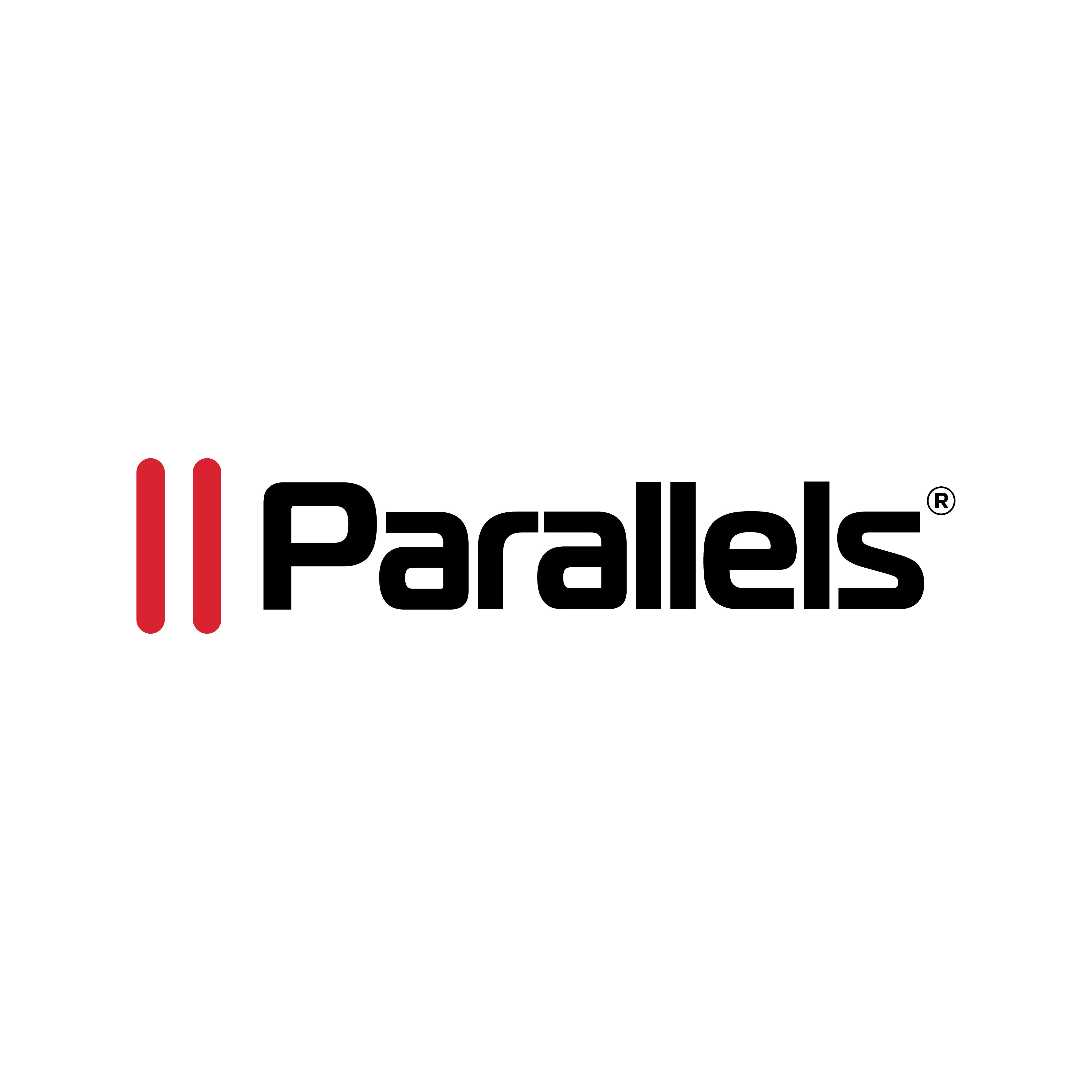Demystifying Container Security for Developers
)
While containers are no longer regarded as entirely new, some businesses are using them for the first time. Unfortunately, in containers, the basic security anticipated in traditional network or cloud systems is sometimes disregarded. Whether containers are new to your business or you’re just getting to grips with the complexities of securing them, here are some tips for either starting or developing your container security journey.
The Container Security Life CycleContainerization spans a wide range of application and network architectures, but the umbrella term used to describe them might obscure the challenges of maintaining them at scale. Let’s examine container security systems throughout the container life cycle to determine their robustness for deployment.
- Initiation refers to the backend elements of container security software and is frequently referred to as its “meta tasks.” This critical region underpins the rest of the container life cycle’s design, implementation and operation phases, laying the groundwork for the organizational approach.
- Design and planning: Because containerized environments rely largely on containerized parts of their security features, failing to fully design and plan for them can result in unintended consequences later in the application’s life cycle. With so many moving parts to consider, planning and design in containerized companies can be exceedingly complicated and challenging to apply successfully.
- Implementation: Top-tier software security programs implement basic security measures for containers such as security tooling, coding standards, testing, and usage and support.
- Operation: The operational aspects of running containers, such as maintaining their environment and disposing of them once retired, are equally vital to the organization’s container security model as design and implementation.
Any container security program must take into account the security of the creation and contents of the containers themselves.
There are several criteria by which to analyze container security, starting with the foundational elements of host security, then considering platform security elements, and finally, examining the elements of the container and orchestrator itself.
Foundational Elements of Host SecurityInfrastructure security includes the integrity of the physical and virtual resources that underpin container operations, both metaphorically and literally. Containers run on physical hardware somewhere, therefore the hosting environment’s security affects the security of the containerized environment.
While many deployments are done in different ways, the hosting operating system’s security and controls are vital for the same reasons infrastructure security is — if the OS is compromised, the workloads operating in it cannot be protected. The security of containerized architectures relies on best practices including strong identity and access management, OS security controls and secure deployments under an assumed compromise model.
Platform SecurityUnderstanding platform security controls, not simply infrastructure or apps, is crucial to safeguarding a container platform. Penetration testing, configuration and design evaluation of an organization’s containers aims to defend orchestrators and container platforms.
The platform on which applications or services are deployed directly affects their security and can confuse security teams — who are accountable for a layer and how can they defend it? The runtime, which isolates and executes containers, should also be checked to verify controls are implemented properly and effectively. Finally, robust management interfaces are needed. As shortcuts into an environment, attackers will approach them as such and they are a key aspect of the threat model.
Your organization’s containerization security should include these principles:
-
- Image security: While image security is vital, it doesn’t define a container’s security scheme. However, failure to verify image integrity can be the cause of major security issues. Tooling, alongside centralized policies and defined responsibilities for each element, is the key to robust and nimble security response.
- Runtime security: Often overlooked, container runtime should be secured like traditional servers on a network. Container endpoint protection is unusual and often incorporates sidecar agents, which complicates the situation. A defense-in-depth container security strategy requires threat detection and behavioral aspects. Being able to flag and detect potentially malicious state-changing behavior in containers reduces the impact of architecture, code and configuration problems.
- Network security: Traditional on-premises network security is robust and has many tools at its disposal and decades of experience to back it up. Many of those principles don’t apply to containerized networks, but a safe network should incorporate the orchestrated or containerized network and how containers or orchestrators interact with outside elements. Service meshes are ubiquitous in containers, but they should be examined like any other network. Although network regulations and tooling in this space are relatively nascent, providing a baseline enables the later installation of more mature solutions with less strain and without compromising security.
- Incident response and reporting: Security professionals often say that “traditional” organizational incident response teams lack the access and competence to detect and respond to threats in containerized systems. Some firms agree, as lifted-and-shifted apps to the cloud have had issues in recent years. Although not unique, containers should be treated equally. Incident response and forensics teams should use containerized environments for “fire drill” exercises since containers are ideal for applying forensics and IR techniques. Containers are self-contained, have an intended input, output and function, and their boundaries make it easy to analyze what they’re doing and the delta between what they should do


)
)
)
)
)

)
)
)
)
)

)
)
)
)
)
)
)
)
)
)
)
.png/fit-in/1280x9999/filters:no_upscale())
)
)

